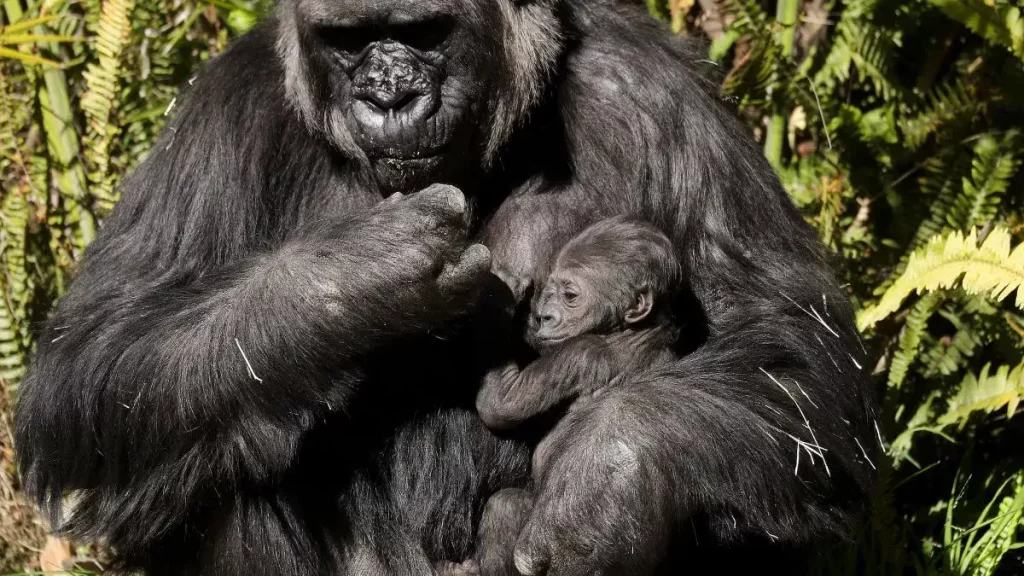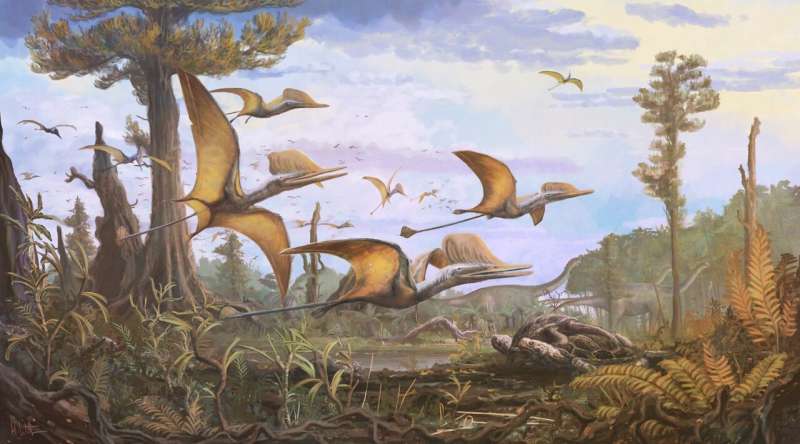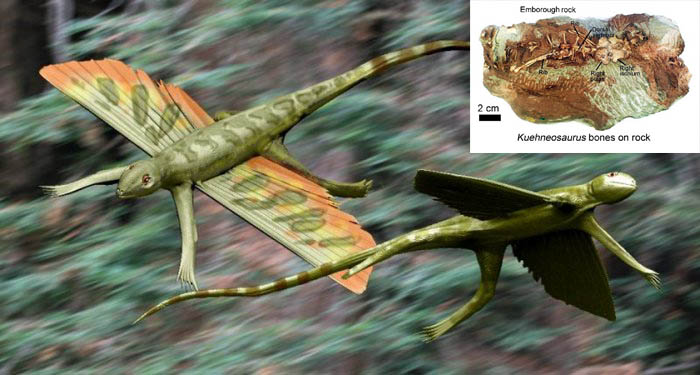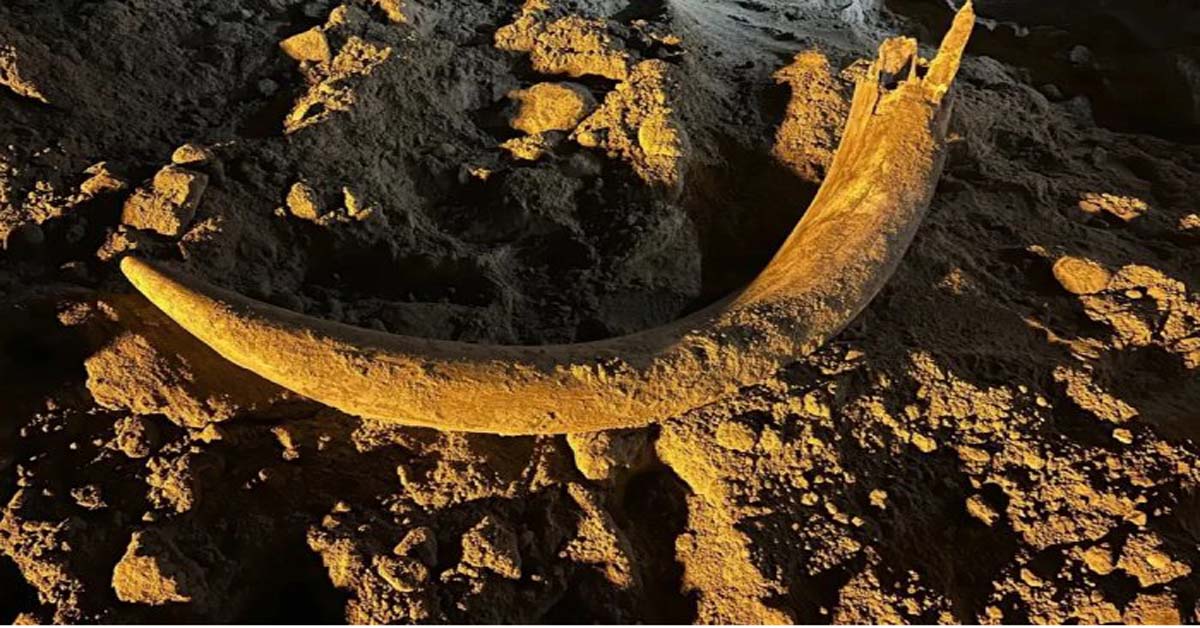Unveiling the Enigma: Reconstructing the Appearance of Our Last Common Ancestor with Apes

The closest living relatives of humans are the apes such as chimpanzees, gorillas, orangutans and gibbons.
We all had the same common ancestor that lived during the Miocene epoch (23 million to 5 million years ago). While scientists don’t have any remains of this enigmatic creature, how might it have looked?
In other words, how big was our last common ancestor (LCA), and what did its skull, brain, legs, arms and even fingers look like, based on available evidence?
We don’t have all the answers. But the closest equivalents alive today may be gorillas and chimps.
One big unknown is the LCA’s size, said Christopher Gilbert, a paleoanthropologist at Hunter College of City University of New York, told Live Science.
That’s because ape fossils from the period during which the LCA lived are scarce, a 2017 study in the journal Nature noted.

Early or “stem” apes span a large range of body sizes, from small gibbon-size species to larger primates approaching gorilla-size, making it difficult to pin down the heft of the LCA without a better understanding of the evolutionary relationships and history of these species, said Gilbert, who co-authored the Nature study.
Swinging from trees or walking?
The LCA was likely a four-legged animal, current evidence suggests. Fossils indicate that stem apes were capable of climbing vertically and of having suspensory behavior, just as modern humans can use their arms to hang from tree branches.
However, unlike all living apes, which prefer to live hanging below or among tree branches, at least some stem apes were not specialized for suspensory behavior, lacking adaptations such as long, highly curved fingers and toes, and highly mobile wrists, shoulder and hip joints. This implies the LCA may not have been specialized for suspension either, Gilbert said.
Some researchers have occasionally speculated “that maybe the LCA was a biped,” moving on two legs like a human, Thomas Cody Prang, a paleoanthropologist at Washington University in St. Louis, told Live Science.
However, because “the LCA was a quadruped, like other primates, “it’s likely that it didn’t walk on two legs but rather used all fours.
Head, shoulders, knees and toes
Stem apes displayed a range of head shapes. Some had skulls like gibbons with short faces while others had longer faces resembling primitive apes and Old World monkeys, such as baboons (genus Papio) and macaques (genus Macaca), Gilbert said. Still, “we know with near-certainty that the brain size of the LCA was smaller than a human’s brain size,” Prang said.
Because it was a quadruped, the head wouldn’t have sat on top of the body like a biped’s does, but positioned more forward like a gorilla or chimp.
The arms and legs of early apes often are not well-preserved in the fossil record. Still, “the upper limbs of early hominins [humans and our close relatives and ancestors] appear to be large and heavily built, which is associated with forelimb-dominated locomotion — that is, climbing and suspension,” Prang said.
As for the legs, early hominins appear to have had short hind limbs, more like great apes — gorillas (Gorilla gorilla and Gorilla beringei) , chimpanzees (Pan troglodytes), orangutans (genus Pongo) and bonobos (Pan paniscus) — than humans, he noted. In essence, early hominins appear to be built for tree canopies, not the open savanna.
In terms of the hand, in a 2021 study in the journal Science Advances, Prang and his colleagues analyzed Ardipithecus, a 4.4 million-year-old early fossil hominin, and found its hand “was most similar to chimpanzees and bonobos among all living humans, apes, and monkeys.” This in turn, may suggest the LCA had long, curved finger bones.
Humans, chimps, gorillas and bonobos all walk with their heels touching the ground, suggesting the LCA did the same, Prang said.
This form of movement is also often linked with other traits seen in living African apes — gorillas, chimps and bonobos — such as using knuckles to help in walking, and evolutionary adaptations to climb vertically.
“All of the traits that we can reasonably study suggest that the earliest hominins, and therefore probably the LCA, were characterized by these same components of this adaptive package,” Prang said. “The LCA was neither a gorilla nor a chimpanzee, but it was likely most similar to gorillas and chimpanzees among all known primates.”
In all, the appearance of the LCA “is still all quite contentious,” Gilbert said. Filling in the picture will require new fossil discoveries.




